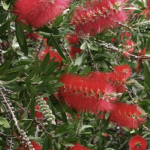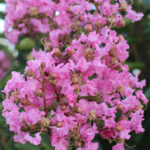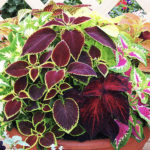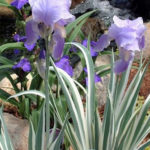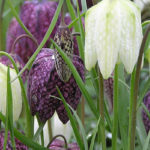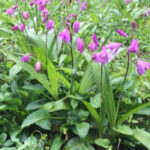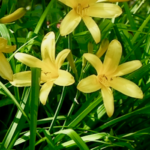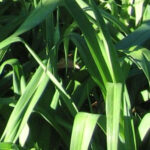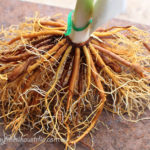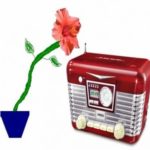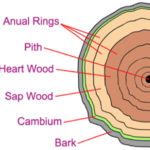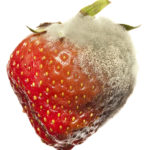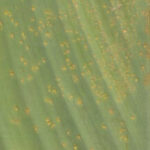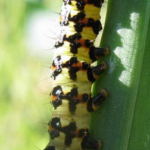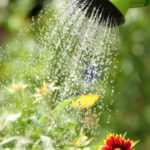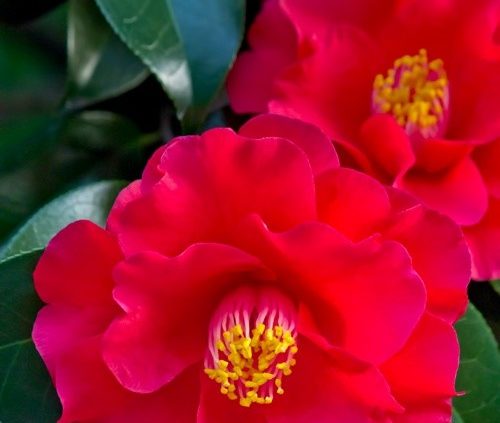
Camellias Sasanqua Japonica
Camellias Sasanqua Japonica – Are You Really Buying the Right Camellia
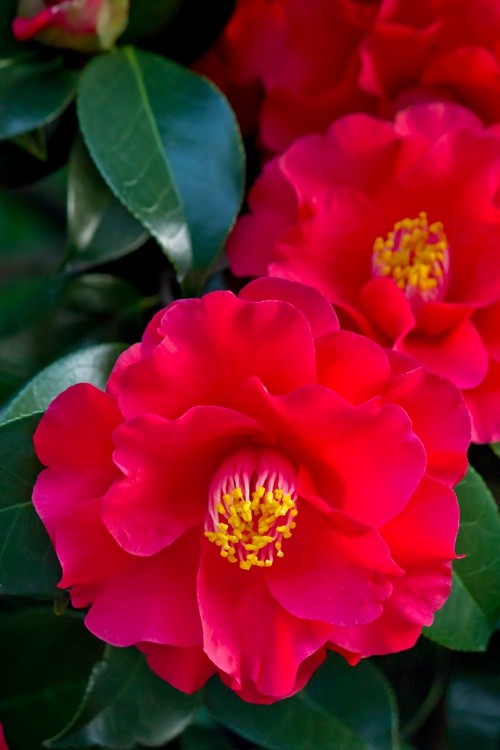 Know the difference between Camellia Sasanqua and Camellia Japonica plants. There are between 100 and 250 different types of Camellias Sasanqua Japonica plants. Experts argue about the exact amount and there has been a lot of controversy amongst the botany community. Rather than focusing on every kind of Camellia, there are few things that growers should know about the most popular breed the Sasanqua. Camellia Sasanqua is the most widely type of Camellia tree planted in Australian gardens overshadowing the Japonica, it has become a national favourite. While the plant is immensely popular there are a few things that potential growers should know about. It is important to know the differences between the Sasanqua and Japonica, how to prune the Sasanqua, and how to care for it. These plants are evergreen shrubs that grow up to 60 feet tall if let go and not pruned or hedged in addition the camellia flowers come in a wide range of colours between white and deepest crimson red including different shades of pink with some camellia flowers having striped and splashed petals in either double or single blooms.
Know the difference between Camellia Sasanqua and Camellia Japonica plants. There are between 100 and 250 different types of Camellias Sasanqua Japonica plants. Experts argue about the exact amount and there has been a lot of controversy amongst the botany community. Rather than focusing on every kind of Camellia, there are few things that growers should know about the most popular breed the Sasanqua. Camellia Sasanqua is the most widely type of Camellia tree planted in Australian gardens overshadowing the Japonica, it has become a national favourite. While the plant is immensely popular there are a few things that potential growers should know about. It is important to know the differences between the Sasanqua and Japonica, how to prune the Sasanqua, and how to care for it. These plants are evergreen shrubs that grow up to 60 feet tall if let go and not pruned or hedged in addition the camellia flowers come in a wide range of colours between white and deepest crimson red including different shades of pink with some camellia flowers having striped and splashed petals in either double or single blooms.
Growers who are interested in purchasing a Sasanqua will want to make sure that they get the right plant. It’s not uncommon for many to end up buying Japonica when they wanted a Sasanqua and vice versa. While they both are a beautiful plant, there are a few key differences between them. Sasanquas bloom in the autumn, while Japonicas flourish during the spring. These opposite seasons make it important for growers to know exactly which type of plant they have purchased. It also requires them to plan ahead and stagger their planting if they intend on using some of each.
Camellia Popular Australian Varieties of Camellias Sasanqua Japonica grown in gardens today include Black Magic, Black Tie, Ace of Hearts, Buttons and Bows.
Camellia Care
After selecting a Sasanqua, growers may want to learn about how to care for their choice. One of the first things that you should know is that while most types of Camellias respond better to partial sunlight than they do full on exposure. The Sasanqua does best in direct sun as long as the Camellia isn’t exposed to hot temperatures. It will be fine with solar exposure in the meantime growers should be aware that all Camellia types are slow growers. They should not get alarmed if it seems like their Sasanqua or Japonica camellias are taking a long time to grow. The soil pH should be between 6.5 and 7 for the camellias to take up all the best nutrients out of the soil needed for a healthy camellia plant. You can fertilise you Sasanqua Camellia with well rotted manures, compost or you can buy the special acid loving plant food made especially for camellias and azaleas. However, this fertiliser can be bought from your local supermarket or nursery in Australia and best used only after the camellia shrub has flowered. When the Sasanqua does mature, it is important to keep it well maintained. In other words, by pruning your camellia, you will want to remove all the dead wood. This is done with sharp secateurs and a pruning saw this will produce new growth later on and make the plant look a picture of health. This can be done after the Sasanqua has bloomed and has just become dormant, this will also increase the number of flowers in the following year. It is also important for growers to have a general idea as to what they want when they initially begin pruning. This way they have a plan and can eliminate mistakes and prevent disappointment. It also helps with the plants overall aesthetic.
Propagating Camellias Through Cuttings
Unlike seed growing, to grow your own plants from cuttings is very rewarding and propagating camellias is no different. It is done by using semi ripe cuttings, hormone powder and soil for propagating. When propagating camellias this can be done in mid to late summer, the cuttings need to be around 4 or 5 inches long however to strike your cuttings. You need to make your cutting cut below a leaf node then take all the leaves off the cutting stem except one or two on the top where these leaves can be cut off by half, dip your cutting into hormone powder. Plant your cutting into moist propagating mix of equal parts of peat moss, sharp sand and perlite using gentle bottom heat in a propagator where you can plant and put several cuttings into one pot.
Camellia Pest and Diseases
Aphids and thrips usually invade our gardens during spring and early summer of Camellias Japonica, Sasanqua, they use the wind to cover large distances to proliferate through our gardens including camellia shrubs are among the plants aphids like to hit on. You will see the aphid on the flower buds much worse on the new growth foliage, there are ways to prevent aphids. Caterpillars and scale may be found on camellias where the plant is neglected. For example, not enough water and fertiliser causing the plant vigour to be slow and weak will promote scale these are usually found on the under sides of the leaves and stems.
Camellias also get black sooty mould and it is an unsightly black sooty looking substance it is best to use white oil or pest oil this will eliminate the black sooty mould spores.
Botrytis which is very common to camellias Japonica Sasanqua, it is an airborne fungal disease that causes premature ageing of the blooms with brown spots more so in the middle of the flowers which usually has hair like growth on the reverse side at the base of the flowers or pink circles on the front of the flower. Botrytis is found on the camellias plant in late summer, as cool moist calm days favour the conditions of this plant pathogenic fungus, commonly called Botrytis blight or grey mould. By keeping a good air flow between camellia shrubs by trimming the bushes will help the air circulation and botrytis is unlikely to occur nevertheless if you need to control botrytis fungicides such as mancozeb or triforine will do this.
Leaf Gall is found more so on camellia sasanqua than the Camellia japonica varieties. Leaf Gall is the appearance of the leafs new shoots are enlarged and appear abnormal because of their fleshy and thick leaf look that are light greenish to cream or pink, the tell tale is a whitish mass of spores on the undersides of the leaves. The galls are hardened over time and become brown aside from this the camellias are not usually damaged to much by leaf gall. You can prevent and treat this, by destroying the young galls before the spores are freed or the disease will be a lot worse the following year. It is best that you clean up by raking up any leaves that have fallen, to the ground and avoid wetting the leaves in humid shady conditions as these are the most favourable conditions for leaf gal.
The buds turn brown and drop off before the flowers open this is called bud drop primarily this is caused by the fluctuation in temperature and sometimes can be caused by real cold weather. It is said to avoid planting camellia varieties that bloom late in spring and to plant the shrubs in the shadier location in your garden. The plant may be stressed due to a lack of nutrients together with poor drainage and poor soil this will definitely cause the flower buds to drop. If the flowers drop on the same plant each year it is best that you move your camellia tree to another location in your garden.
It is quite common to see a sunburn camellia that has been planted in full sun that has been sun scalded on the leaves it is best to not plant your camellia tree in the hot summer sun in Australia. By planting your camellia tree in more shaded parts of the garden, this will not happen. Once the leaves have become sunburn they will not recover.
Despite the hundreds of different variations in the range of height and colour whether the camellia is a miniature, has peony type flowers, single or semi double flowers not to mention their lovely glossy leaves the Sasanqua are the most popular type of Camellia in Australia. Individuals looking to get into growing this popular plant should be sure to know the difference between it and its counterparts. They should also learn about maintaining the plant and allowing it to get the most out of its placement. Unlike most other Camellias, the Sasanqua responds differently to certain things like sun exposure. Understanding this is key to successfully growing one. Lastly, it is essential that you understand the proper techniques needed to prune a Sasanqua. By doing these procedures it is possible to cultivate a healthy and eye catching Sasanqua.



